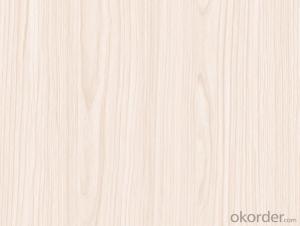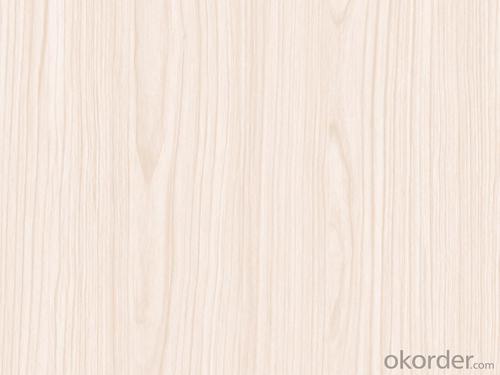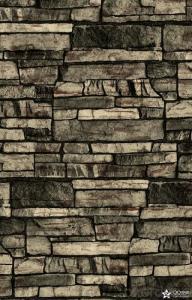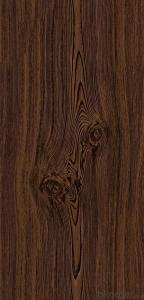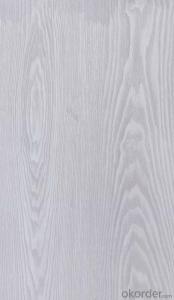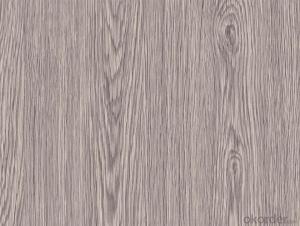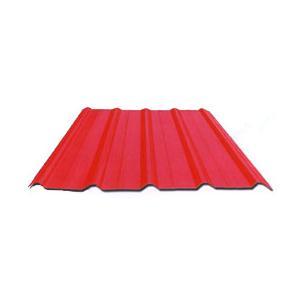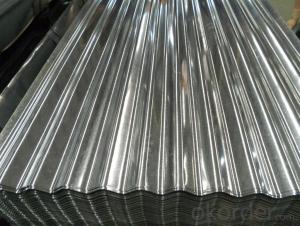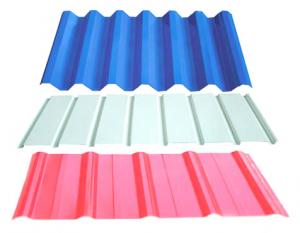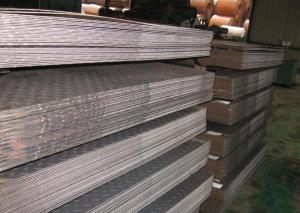color bond surface coating steel plate--XY013
- Loading Port:
- China Main Port
- Payment Terms:
- TT OR LC
- Min Order Qty:
- -
- Supply Capability:
- -
OKorder Service Pledge
OKorder Financial Service
You Might Also Like
Color bond surface coating steel plate :
more than ten years experiences, the products are sold to the domestic city and some international cities we strivc to develop production of color coating steel plate the plating (aluminum )zinc steel. Coil cheickness between 0.6mm and 1.5mm and the width from 600mm to 1250mm and a variety of high durability of color coating steel plate.
the company has multiple layer patterns for customers to choose The company provides products deep processing services ,meet the various needs of customers on board specifications All of out products comply with international quality standards and are greatly appreciated in a variety of different markets throughout the world if you ate interested in any of our products or would like to discuss a custom order please feel free to contact us we are looking forward to forming successful business relationships with new clients around the world in the near future.
We can design the color and thickness according to customers' requirements. The delivery time is only 30 day after you confirm the order.
- Q: Can steel sheets be used for signage purposes?
- Yes, steel sheets can be used for signage purposes. Steel is a durable and versatile material that can withstand various weather conditions, making it suitable for outdoor signs. Additionally, steel sheets can be easily cut, shaped, and painted to create custom signage designs.
- Q: What is the difference between the zinc plated color guide and the profiled steel sheet?
- The difference between the zinc plated color guide plate and the profiled steel plate is as follows:1, plated aluminum plate is pure aluminum 99%, and aluminum zinc is generally divided into 5% zinc plating and 55% aluminum zinc.2, zinc plating in zinc plating on the basis of the development of slowly, and 5% and 55% refers to the aluminum content.
- Q: Can steel sheets be used for construction purposes?
- Yes, steel sheets can be used for construction purposes. They are commonly used in the construction industry for various applications such as roofing, walls, flooring, and structural frameworks. Steel sheets provide strength, durability, and fire resistance, making them an ideal choice for construction projects.
- Q: Can the steel sheets be bent or formed into different shapes?
- Steel sheets have the ability to be bent or shaped into various forms. Steel possesses exceptional malleability, enabling it to be effortlessly manipulated and molded without any risk of fracture. This advantageous characteristic facilitates a broad spectrum of applications requiring the bending or shaping of steel sheets, particularly in the construction sector, where beams, columns, and other structural elements necessitate specific configurations. Depending on the desired outcome and the steel's thickness, a range of techniques such as cold forming, hot forming, and press braking can be employed to accomplish the task of bending or shaping steel sheets.
- Q: What is the maximum length of a steel sheet?
- The maximum length of a steel sheet can vary due to multiple factors like the steel mill's manufacturing capabilities, transportation limitations, and customer requirements. In general, steel sheets can range from a few feet to several hundred feet in length. Large-scale steel mills have the ability to produce exceptionally long sheets, often surpassing 100 feet or more. These extended lengths find their purpose in significant construction projects like bridges, industrial buildings, or shipbuilding. However, it is important to consider practical constraints when determining the sheet's maximum length, such as the size of transportation vehicles or handling equipment limitations. Hence, while manufacturing lengthy steel sheets is possible, practical considerations may limit their effective utilization in different applications.
- Q: Can steel sheets be used for mezzanine floors?
- Yes, steel sheets can be used for mezzanine floors. Steel sheets are commonly used in the construction of mezzanine floors due to their strength, durability, and ability to support heavy loads. They provide a solid and stable surface for various applications, such as storage, industrial operations, or additional office space.
- Q: Can steel sheets be used for insulation in buildings?
- No, steel sheets cannot be used for insulation in buildings. Steel is a highly conductive material, meaning it allows heat and cold to transfer easily through it. Insulation, on the other hand, is designed to prevent the transfer of heat, cold, or sound. Therefore, materials such as fiberglass, mineral wool, foam board, or cellulose are commonly used as insulation in buildings, as they have low thermal conductivity and can effectively reduce heat loss or gain.
- Q: What are the different types of steel alloys used for sheets?
- There are several types of steel alloys commonly used for sheets, including carbon steel, stainless steel, galvanized steel, and high-strength low-alloy steel (HSLA). These alloys offer different properties and are selected based on factors such as strength, corrosion resistance, and cost.
- Q: What is the difference between coated and uncoated steel sheets?
- The primary distinction between coated and uncoated steel sheets lies in their protective layer and surface finish. Coated steel sheets, also referred to as galvanized steel sheets, possess a layer of zinc coating to prevent corrosion and enhance durability. This zinc coating serves as a sacrificial layer, shielding the underlying steel from rust and other forms of damage. Furthermore, coated steel sheets exhibit a more polished and smoother appearance. In contrast, uncoated steel sheets do not undergo any treatment involving a protective layer. Consequently, they are more prone to corrosion, particularly when exposed to moisture or chemicals. Uncoated steel sheets are commonly utilized in situations where corrosion resistance is not a significant concern, such as in construction projects where the steel will be covered or safeguarded in some manner. Regarding cost, coated steel sheets are generally pricier than uncoated steel sheets due to the additional manufacturing process required to apply the zinc coating. Nevertheless, the increased cost is justified by the improved durability and extended lifespan of coated steel sheets. To summarize, the key disparity between coated and uncoated steel sheets lies in the presence of a protective layer. Coated steel sheets offer superior corrosion resistance and possess a smoother appearance, while uncoated steel sheets are more susceptible to corrosion and possess a rougher surface finish.
- Q: What is the maximum size available for steel sheets?
- The maximum size available for steel sheets can vary depending on the specific type and grade of steel being used, as well as the manufacturing capabilities of the steel supplier. However, in general, steel sheets can be manufactured in sizes ranging from small sheets measuring a few inches in width and length, to large sheets measuring several feet or even meters in width and length. The maximum size available for steel sheets can also be influenced by the transportation and handling limitations, as larger sheets may be more difficult to transport and maneuver. It is best to consult with a steel supplier to determine the maximum size available for steel sheets that meet your specific requirements.
Send your message to us
color bond surface coating steel plate--XY013
- Loading Port:
- China Main Port
- Payment Terms:
- TT OR LC
- Min Order Qty:
- -
- Supply Capability:
- -
OKorder Service Pledge
OKorder Financial Service
Similar products
Hot products
Hot Searches
Related keywords
